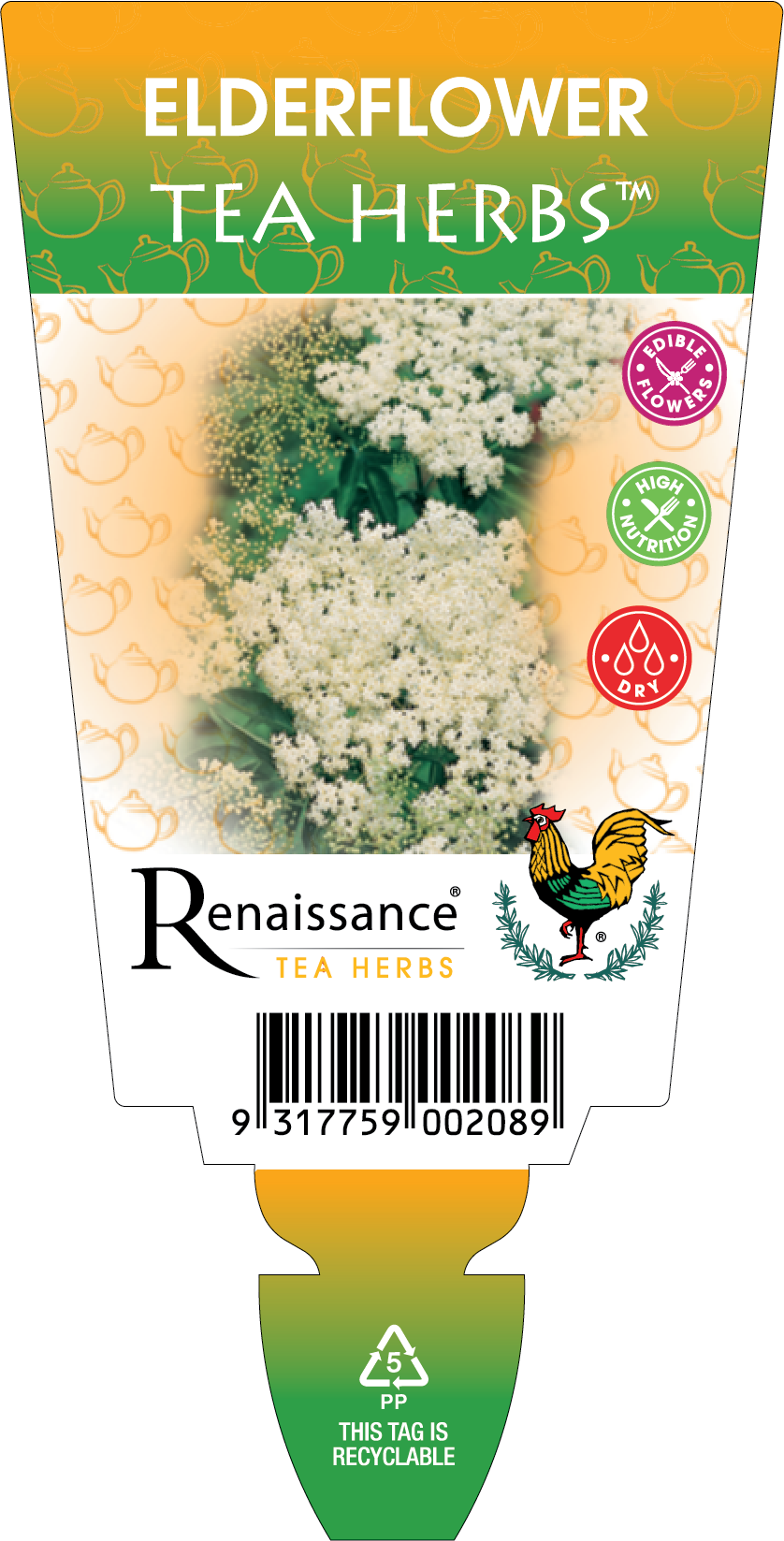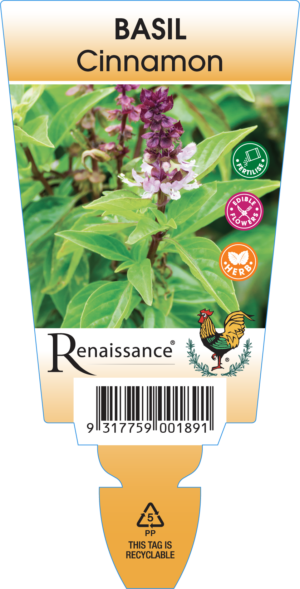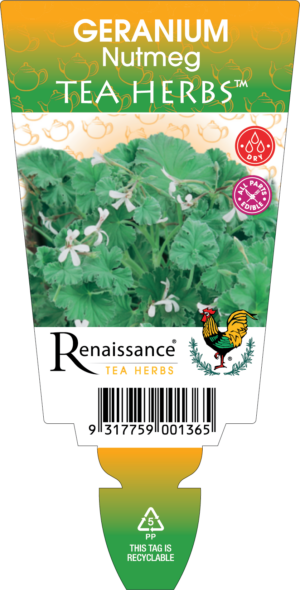Description
(Sambucus nigra )
It is a deciduous shrub or small tree. The bark, light grey when young, changes to a coarse grey outer bark with lengthwise furrowing. The fruit is a dark purple to black berry 3–5 mm in diameter, produced in drooping clusters in the late autumn; they are an important food for many fruit-eating birds, notably Blackcaps.
Growing Tips
Elderflower plants must be protected from hot winds and will grow in any acidic to slightly acidic, well-drained soil which has generous amounts of well-rotted organic matter or compost applied to it before planting. Water in well at planting time and ensure that the soil is kept moist at all times thereafter. Plants will respond well to regular applications of liquid fertiliser and watering throughout the growing season. In winter, prune to remove any weak or unproductive stems and cut young shoots back by half to maintain shape. Elderflower plants will reach full production after about three years.
Use
This plant is traditionally used as a medicinal plant by many native peoples and herbalists alike. Stem bark, leaves, flowers, fruits, root extracts are used to treat bronchitis, coughs, upper respiratory cold infections, fever. The dark blue/purple berries can be eaten when fully ripe, but are mildly poisonous in their unripe state. The berries are edible after cooking and can be used to make jam, jelly and chutney sauce. Also, when cooked, they go well with blackberries and with apples in pies. The flower heads are commonly used in infusions, giving a very common refreshing drink. The strong-smelling foliage was used in the past, tied to a horse’s mane, to keep flies away while riding.
Herb Attributes
| Harvest | When needed. |
|---|---|
| Position | Part to Full Sun |
| Height | 4m |
| Lifespan | Deciduous |





